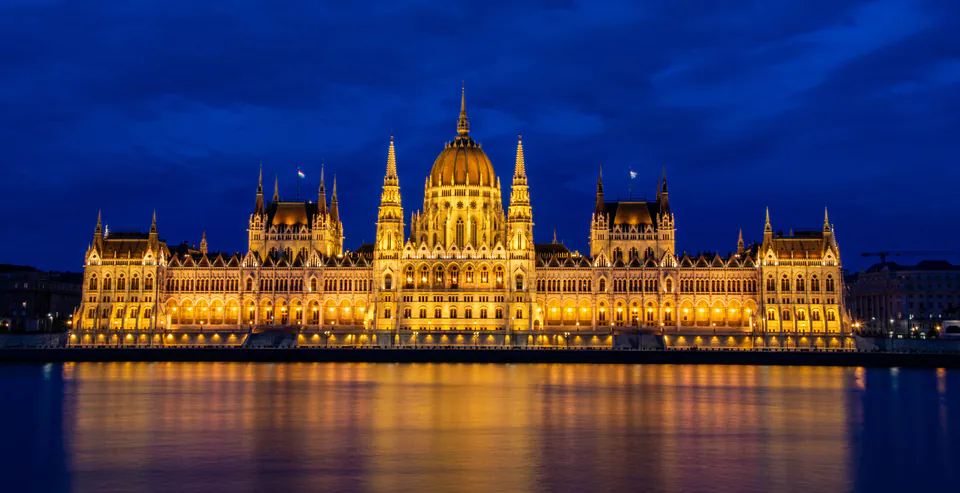Visiting the Hungarian Parliament Building: Tours, Tickets, and Practical Information
The Hungarian Parliament Building sits right on the Danube River and it's honestly one of the most beautiful buildings we've ever seen in Europe. This massive neo-Gothic building isn't just where the government meets - it's basically Hungary's biggest symbol and shows off the country's incredible history. The building is huge, with tall spires and this amazing golden dome that goes up 96 meters. Almost 700,000 people visit every year to see it and check out all the treasures inside.
The numbers are pretty crazy when you think about it. This thing is 268 meters long and 118 meters wide. Inside there are 691 rooms, 10 courtyards, and get this - almost 3 kilometers of red carpet running through all the hallways. But what's really special is that Hungary's most important treasure, the Holy Crown of St. Stephen, is kept here in this incredible room called the Dome Hall.
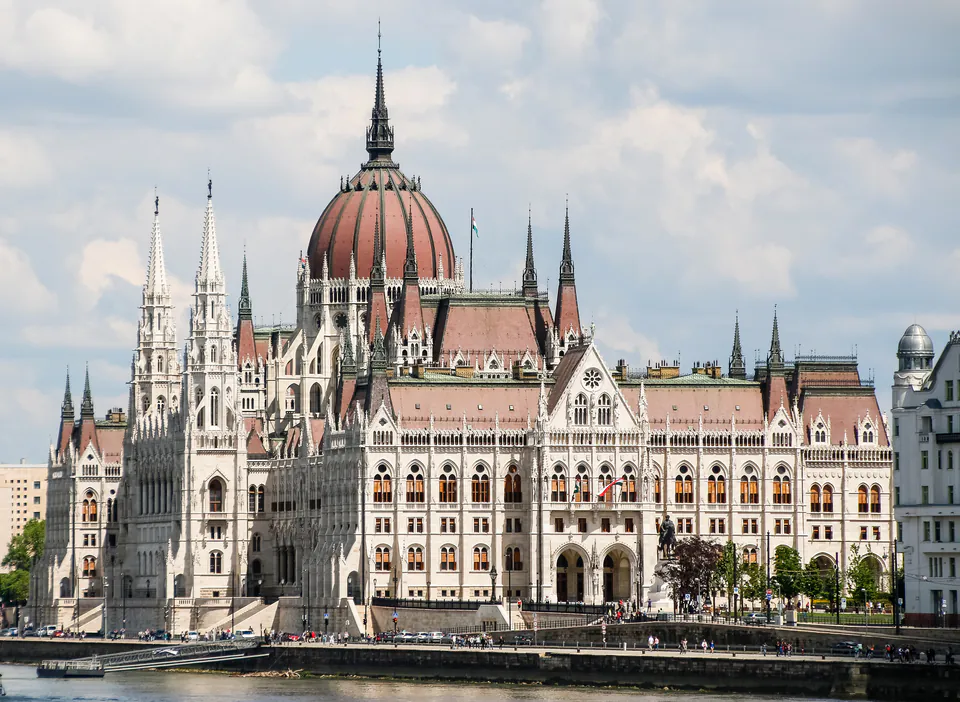
Planning Your Visit
Opening Hours and Seasonal Changes
The Parliament is open all year, but the hours change depending on the season. We always check this before we go because it can really mess up your plans if you get it wrong. From January to March and November to December, it's open from 8:00 AM to 4:00 PM every day. During the busy tourist months from April to October, they stay open longer - 8:00 AM to 6:00 PM.
Here's something we learned the hard way - these hours can change without any warning if there's some government meeting or official event happening. The building is still used for actual government stuff, so sometimes tourists have to wait. We've seen days like March 17th and 19th, 2025 when parts were closed because of official business. Always check the "Actual news" part of their website before you show up.
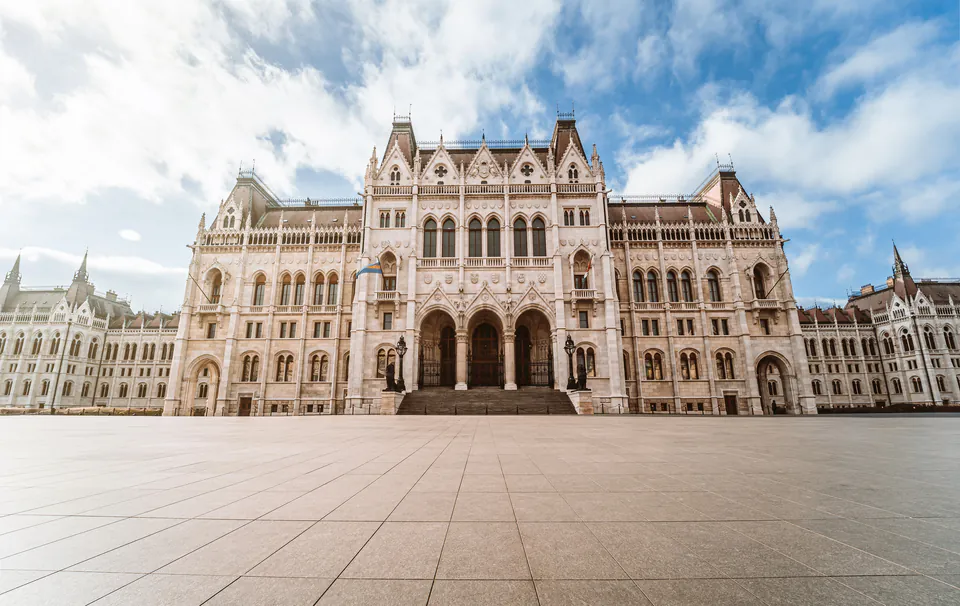
Booking Your Tour
You can't just walk around by yourself - everyone has to take a 45-minute guided tour. We think this is actually good because it keeps things organized and safe since this is a real government building. You can either get a tour with a real guide or use an audioguide, and they have tons of languages.
The guided tours are in Hungarian, English, French, German, Italian, and Spanish. But if you need something else, the audioguides have way more options - Russian, Polish, Slovakian, Croatian, Hebrew, Romanian, Serbian, Ukrainian, Korean, Portuguese, Arabic, Slovenian, Czech, Chinese, Japanese, Bulgarian, Turkish, Dutch, Greek, and Vietnamese.
We always book online at www.jegymester.hu/parlament because it's the most reliable way. You might be able to get tickets the same day at the Visitor Center at Gate XII, but we wouldn't count on it. The lines can be really long and they might be sold out, especially on weekends or during summer.
Ticket Prices and Requirements
The ticket prices are different depending on where you're from. If you're from a European Economic Area (EEA) country, you get a discount. If you're from anywhere else, you pay more. Here's how it works as of January 2025.
Parliament Tour Ticket Prices (2025)
| Ticket Type | EEA Citizens (HUF) | Non-EEA Citizens (HUF) |
|---|---|---|
| General Admission | 6,500 | 13,000 |
| Student (ages 6-24) | 3,250 | 6,500 |
| Family Ticket (per adult) | 4,550 | 10,400 |
| Family Ticket (per student) | 2,275 | 5,200 |
There are some rules you need to know about. Kids under 6 get in free but you have to email tourist.office@parlament.hu ahead of time if you want family tickets. If you're from an EEA country, you have to show your ID or residence card when you buy tickets to get the cheaper price. Family tickets need at least one kid aged 0-14 and one or two adults. Students need to show student ID, and kids under 14 have to stay with adults the whole time.

Security and Entry Requirements
Before you can go inside, everyone has to go through security just like at the airport. This usually takes 10 to 30 minutes depending on how busy it is, so plan for this extra time. We get why they do this - it's both a tourist place and a real government building with really important national treasures.
You can't bring big bags, backpacks, or packages inside. They don't allow anything that could hurt someone like pocket knives or pepper spray, and obviously no weapons, bullets, explosives, or fireworks. For drinks, you can only bring colorless, non-alcoholic stuff, liquid medicine, or baby food in plastic bottles that are 0.5 liters or less. You have to show these bottles separately when you go through security.
There's also a dress code because this is a government building. We always tell people to dress smart casual. Don't wear beach clothes, shorts, flip-flops, tank tops, sleeveless shirts, or really short skirts. Cover your shoulders and knees to show respect, and don't wear anything with offensive words or pictures. You can take photos in most places, but absolutely not in the Dome Hall where the Holy Crown is or during the security check.
Architectural Marvel
The Parliament Building is Hungary's way of showing off, and we love that about it. It was designed to compete with London's Palace of Westminster. Architect Imre Steindl went with Gothic Revival as the main style, but he mixed in Baroque elements in how the rooms are laid out and Renaissance Revival stuff in the central dome and ceiling decorations. This mix shows what late 1800s artists were trying to do and Hungary's desire to create something totally unique.
It took 17 years to build this thing, from 1885 to 1902, and wasn't completely finished until 1904. The sad part is that Steindl went blind while working on it and died before he could see his masterpiece finished. The height of 96 meters wasn't random - it celebrates 1896, which was the 1000-year anniversary of Hungary, so even the building's size is connected to the country's history.
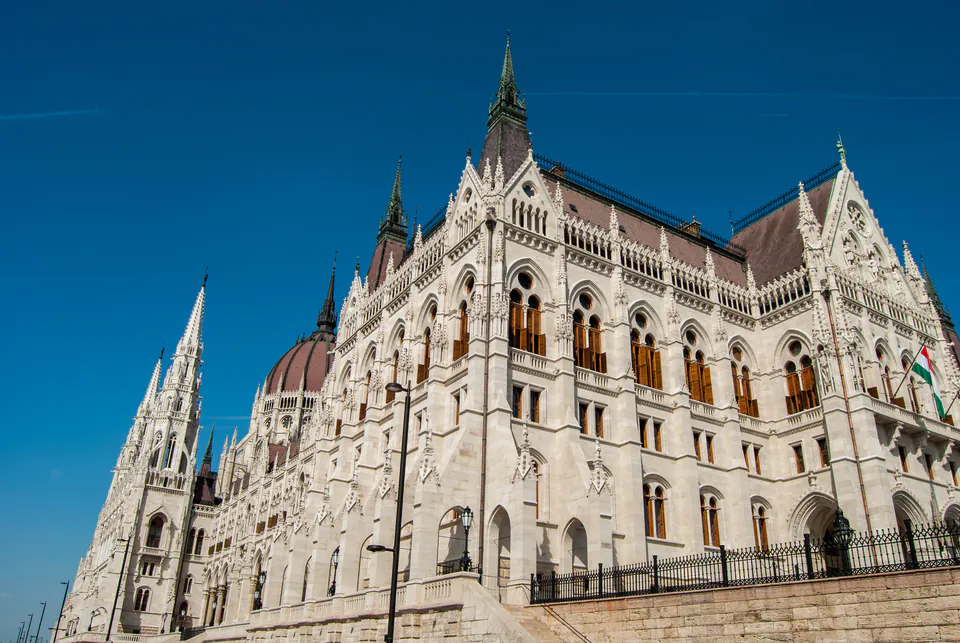
Historical Significance
The decision to build this huge parliament building in the late 1800s was Hungary's way of showing they were becoming more independent within the Austro-Hungarian Empire. It was also about the 1873 unification when Buda, Óbuda, and Pest became Budapest. This massive construction project was basically Hungary saying "we're our own country and we're proud of it."
Since it was finished, the Parliament has seen some really important moments in Hungarian history. In 1918, they announced the First Hungarian Republic from the balcony, which was a huge political change. Then in 1990, they took down the communist red star from the top of the dome after communism fell. These events show that this building isn't just where the government meets - it's like a physical reminder of Hungary's pretty crazy 20th century history.
Tour Highlights
The Grand Staircase
Your tour starts with the Grand Staircase, and it's absolutely incredible. There's fancy marble everywhere, detailed sculptures, gold decorations, and these amazing ceiling paintings. It immediately shows you how grand and important this building is. We always tell people this staircase sets the tone for everything you're about to see.
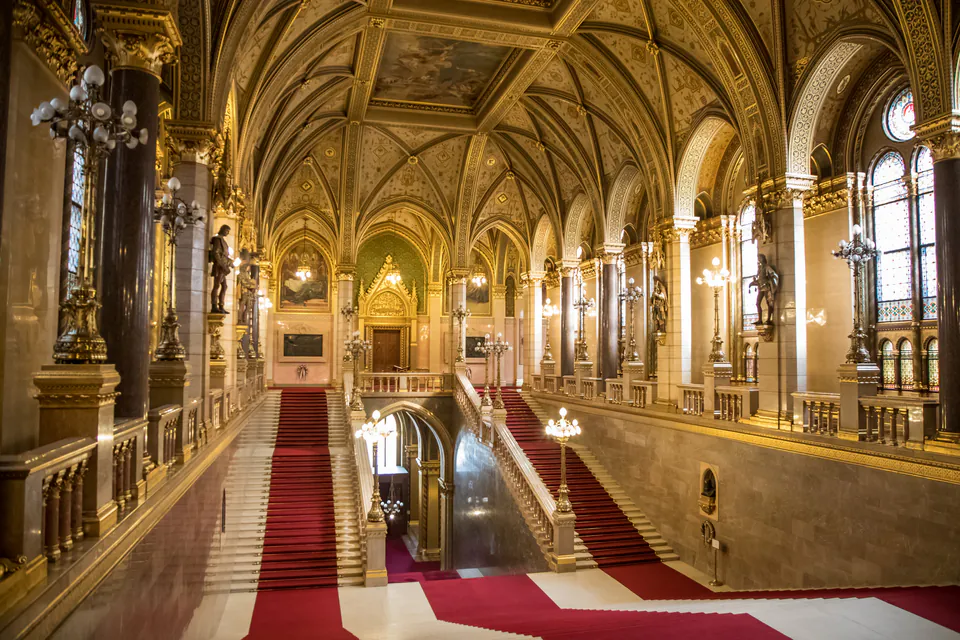
The Dome Hall and Holy Crown
The best part of the tour is definitely the Dome Hall, which is right under the main dome. This is where Hungary's most important treasure - the Holy Crown of St. Stephen - is kept along with other coronation stuff. This crown is one of Europe's oldest crown jewels and represents over 1000 years of Hungarian history.
The hall itself has beautiful stained glass paintings and statues of important Hungarian rulers throughout history. The security is really tight and you absolutely cannot take photos, which shows how important the Holy Crown is to Hungarian people. There are ceremonial guards who protect these treasures and they change shifts every few hours. We've been lucky enough to see this happen during tours and it's pretty impressive.
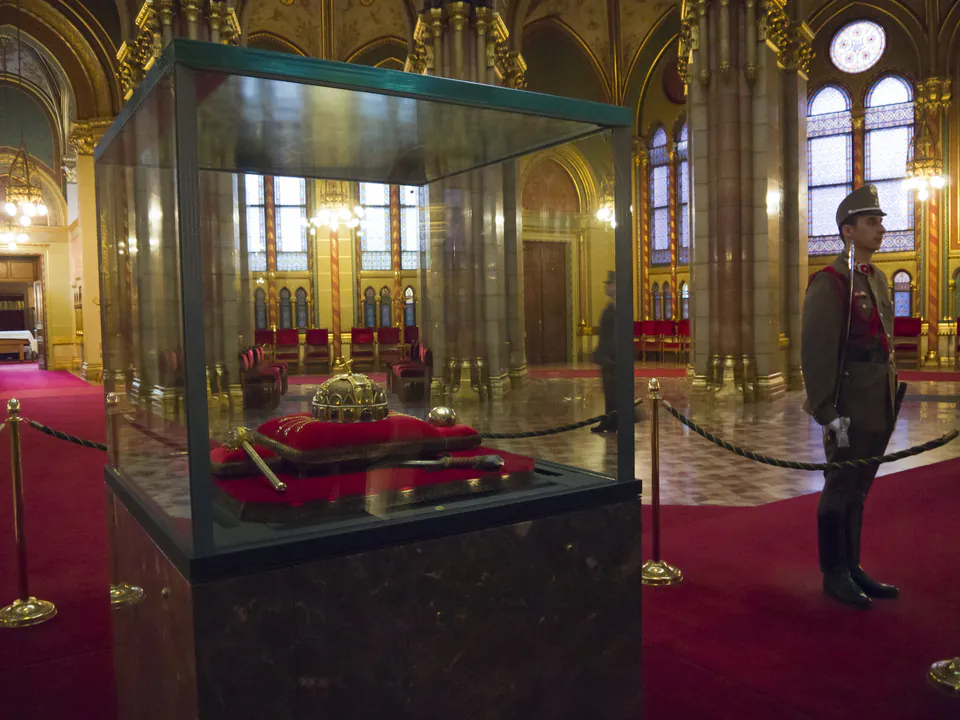
The Former Upper House Hall
This room is beautifully preserved and used to be where Hungary's Upper House of Parliament met. It shows off 1800s luxury and now they use it for conferences and official meetings. Visitors can see what Hungary's old two-house legislative system was like. The original furniture and decorations are still there, so you feel like you're back in time when Hungarian nobles were debating national issues in these fancy rooms.
The Golden Staircase
They also call this Staircase XVII, and it's covered in gold plating that leads to the Parliament's main floor. The gold is everywhere and it's really dazzling - it shows how much they cared about making this building perfect artistically. The staircase works both practically and symbolically, taking visitors up into the heart of Hungarian government.
The Upper House Lobby
This area is unique because it has a handmade turquoise floor carpet and pillars with statues representing different historical Hungarian national groups. These artistic touches show the diverse cultural heritage that made Hungarian national identity what it is. The lobby is both an architectural and cultural highlight that we always enjoy during tours.
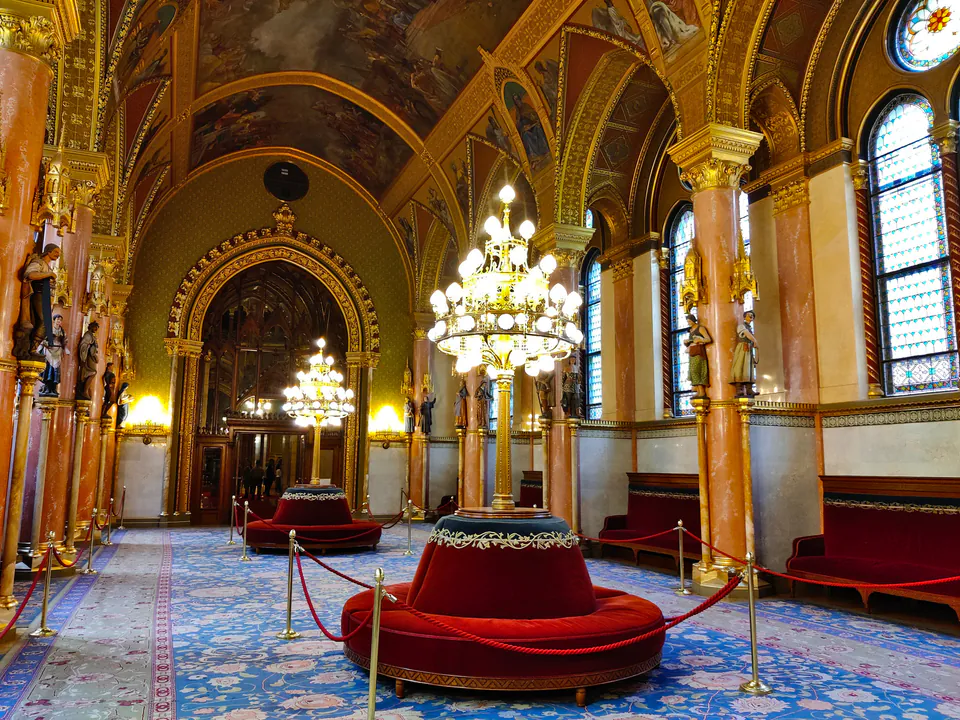
Getting There
The Parliament Building is right in the center of Budapest, so it's easy to get to with public transport. The best way is taking Metro Line 2 (the Red Line) to Kossuth Lajos tér station, which puts you right in front of the building. This underground connection is great when the weather is bad.
If you want a prettier route, Tram Line 2 goes along the Danube River and stops at Kossuth Lajos tér. This tram ride gives you nice river views and lets you see how beautiful the Parliament looks from the riverside as you get closer. Different bus lines also go to the Parliament area, though which ones depend on where you're starting from in Budapest.
If you're staying in central Budapest, you can easily walk to the Parliament Building from lots of popular attractions. The famous Chain Bridge and the huge St. Stephen's Basilica are both close by, so you can combine your Parliament visit with other sightseeing. This central location makes it easy to plan your day and see more of Budapest.
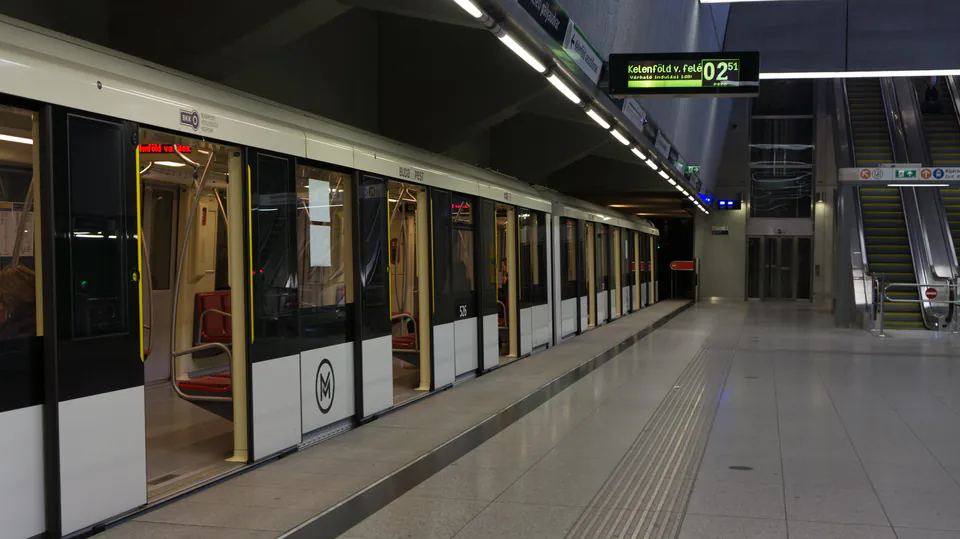
Additional Visitor Information
The Hungarian Parliament Museum is inside the Parliament Building and has free exhibitions about Hungarian legislative history and how the Parliament Building was built. This museum gives you good background information that makes the guided tour even better. We recommend visiting either before or after your tour to understand more about why the building is so important.
The Visitor Centre also has a café where you can get refreshments and a gift shop for souvenirs. It's a comfortable place to wait before your tour or think about what you saw afterward. They know that visiting the Parliament is often a highlight of people's Budapest trips, so they make sure you have everything you need.
For international visitors coming from far away, the Parliament Building is close to Budapest Ferenc Liszt International Airport via the 100E bus service. This makes it easy to visit either when you first arrive or on your departure day. This convenience is one reason why the building is so popular with tourists who don't have much time in Budapest.
